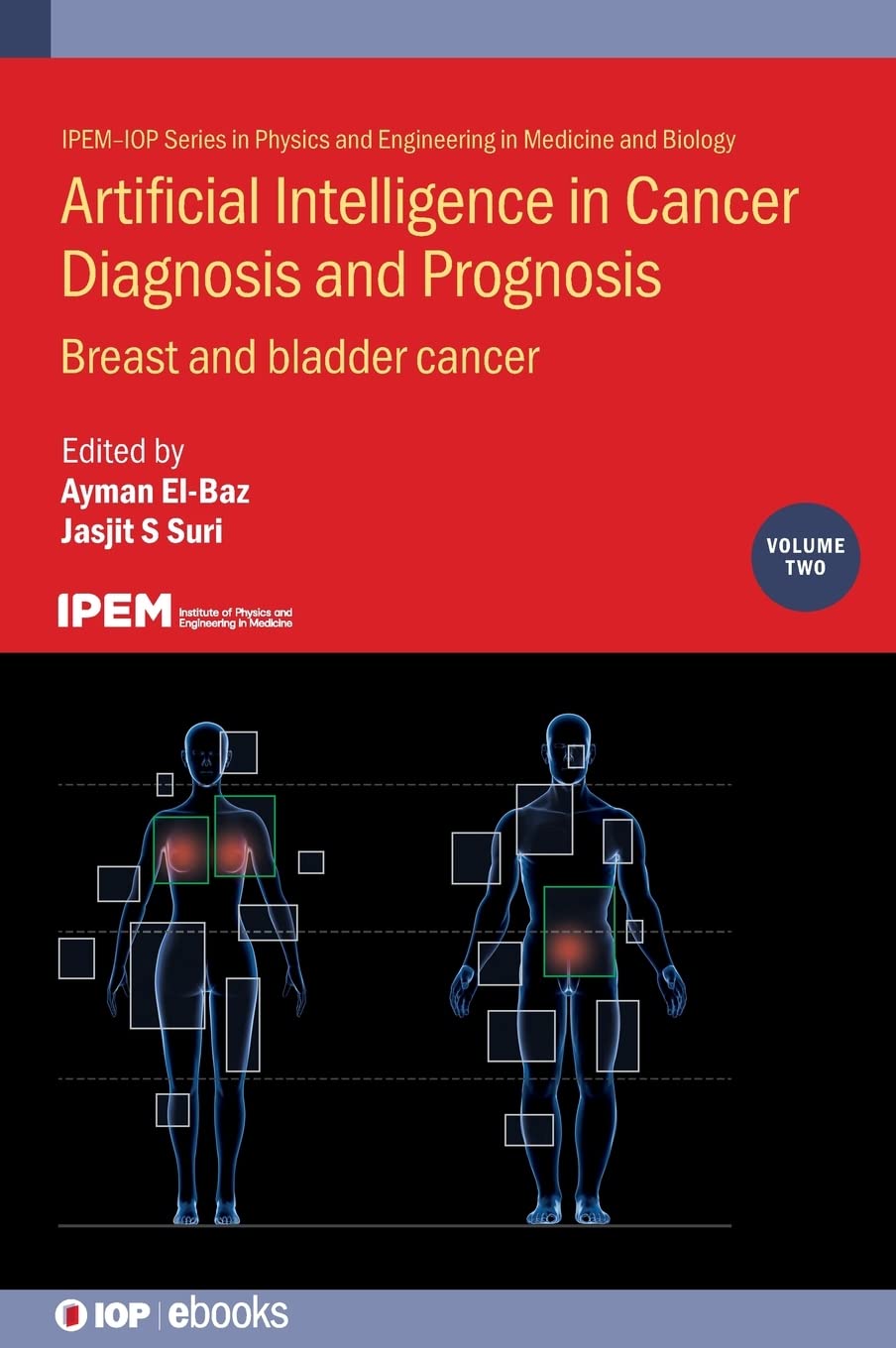

Most ebook files are in PDF format, so you can easily read them using various software such as Foxit Reader or directly on the Google Chrome browser.
Some ebook files are released by publishers in other formats such as .awz, .mobi, .epub, .fb2, etc. You may need to install specific software to read these formats on mobile/PC, such as Calibre.
Please read the tutorial at this link: https://ebookbell.com/faq
We offer FREE conversion to the popular formats you request; however, this may take some time. Therefore, right after payment, please email us, and we will try to provide the service as quickly as possible.
For some exceptional file formats or broken links (if any), please refrain from opening any disputes. Instead, email us first, and we will try to assist within a maximum of 6 hours.
EbookBell Team

4.1
80 reviewsWithin this second volume dealing with breast and bladder cancer, the editors and authors will detail the latest research related to the application of AI to cancer diagnosis and prognosis and summarize its advantages. It's the editors and authors intention to explore how AI assists in these activities, specifically with regard to its unprecedented accuracy, which is even higher than that of general statistical applications in oncology. Ways will also be demonstrated as to how these methods in AI are advancing the field.
There have been thousands of papers written between 1995 and 2019 related to AI for cancer diagnosis and prognosis. However, to this date (and unknown to the Editors) there has not yet been published a comprehensive overview of the latest findings pertaining to these AI technologies, with a single book project(s). Therefore, the purpose of this three volume work and particularly for this second volume dealing with breast and bladder cancer, is to present a compendium of these findings related to these two pervasive cancers. Many of the chapter authors are world class researchers in these technologies. Within this coverage it's our hope that scientists, researchers and clinicians can successfully incorporate these techniques into other significant cancers such as pancreatic, esophageal, leukemia, melanoma, etc.